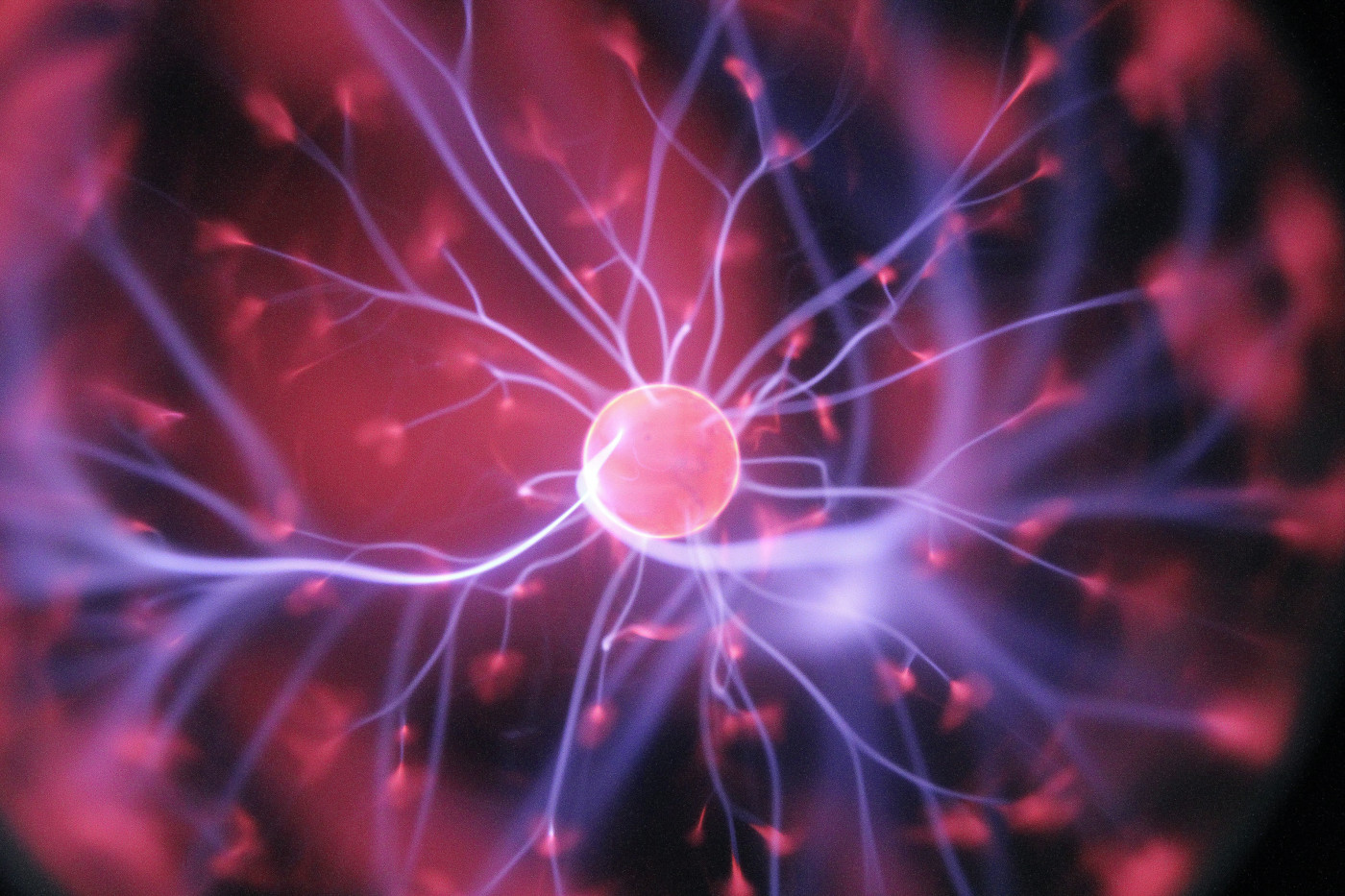3 New GJB1 Mutations Found in Chinese Patients That Could Cause CMTX1
Written by |

Three new genetic mutations in the GJB1 gene have been found inn Chinese patients that can cause X-linked Charcot-Marie-Tooth (CMTX1) disease, expanding the diversity of mutations causing the condition, according to a study.
While the three mutations were all in coding regions, some previously known mutations were found in non-coding regions — portions of the gene that do not provide instructions for the production of proteins — of GJB1, suggesting that approaches used to detect the genetic abnormalities leading to Charcot-Marie-Tooth (CMT) should also cover these regions.
Five mutations in this gene were also identified that appear to be associated with central nervous system (CNS) symptoms in CMTX1 patients.
The study, “Cross-Sectional Study in a Large Cohort of Chinese Patients with GJB1 Gene Mutations,” was published in Frontiers of Neurology.
CMTX, the second most common form of CMT, is caused by mutations in the GJB1 gene, which is located on the X chromosome and provides the instructions for making the connexin-32 protein.
Connexin-32 is found in Schwann cells and oligodendrocytes, two cells of the nervous system that provide the protective myelin sheath covering nerve cells, which allows for the proper transmission of signals in the nervous system.
Most GJB1 mutations result in loss of myelin, or demyelination, disturbing the way nerve cells communicate with each other and causing the symptoms of CMTX: muscle weakness, muscle wasting, and decreased sensation.
To date, more than 450 mutations have been identified in the GJB1 gene. Most are missense mutations, meaning they only change one amino acid (the building blocks of proteins) of connexin-32, but other kinds of mutations have also been reported.
Aiming to determine the frequency of GJB1 mutations in CMT patients and to expand the amount of known mutations leading to CMTX1, researchers in China examined the genomic and clinical data of 580 Chinese CMT patients from 465 unrelated families, and 650 healthy people used as controls.
Participants were seen at the Neurology Clinic Center of Peking University Third Hospital and China-Japan Friendship Hospital from 2007 to 2009.
The researchers used multiple genetic sequencing methods to identify GJB1 mutations, each offering distinct advantages. Using these methods together allows for a more comprehensive approach to identifying mutations.
The sequencing results and clinical data identified a total of 86 patients from 42 unrelated families who had CMTX1. Among them, there were 34 different GJB1 gene mutations, including three new ones that had not been described before.
The frequency of GJB1 mutations in mainland Chinese patients was 9%, which is compatible with GJB1 alterations seen in other populations worldwide.
People with the new mutations all shared similar clinical signs, including disease onset in earlier ages (juvenile-onset disease), muscle weakness, loss of sensation, reduced tendon reflexes, and slower nerve conduction velocities.
However, symptoms of the disease showed up much later in females than males, but they had milder disease symptoms overall. There was no CNS involvement in the patients with these novel mutations.
Among the 34 GJB1 mutations, the team also identified five that were associated with CNS symptoms, including difficulty speaking, weakness on one side of the body, inability to formulate language, vertigo, and lack of muscle coordination.
In some cases, these symptoms were precipitated by a temporary illness, such as fever and diarrhea. These symptoms in the CNS were independent of the severity of peripheral manifestations.
“Our findings expand the mutational spectrum of the GJB1 gene in CMT patients,” the researchers wrote. Identifying these mutations can help diagnose people with no known genetic cause of CMT and provide physicians with insight about disease progression to help their patients.
Furthermore, finding disease-associated mutations in the non-coding regions demonstrates the importance of examining non-coding regions of genes. “[Genetic sequencing] panels for detecting inherited neuropathy should cover the non-coding region of GJB1,” the team concluded.




